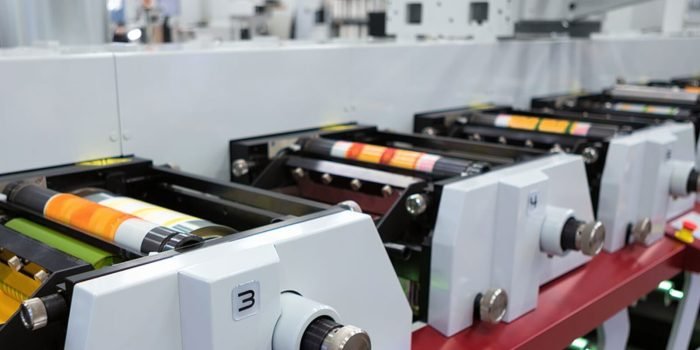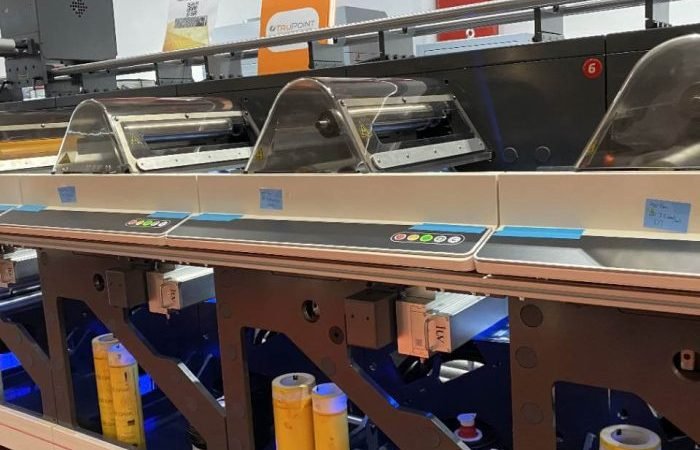Boost your flexographic printing quality with these expert tips. From material selection to color management, learn how to achieve superior print results and meet high standards.
Flexographic printing is a versatile and widely used method in the packaging and label industry.
- To ensure top-notch print quality, it’s crucial to focus on several key areas.
- Here’s a comprehensive guide to help you enhance your flexographic printing process and achieve superior results.

1. High-Quality Materials
- Flexible Plates: Use high-resolution, high-quality flexible plates. Photopolymer plates offer excellent elasticity and durability, ensuring clear and consistent prints.
- Inks: Select the right ink type based on the substrate and final product requirements. Water-based, solvent-based, or UV-curable inks can be used, depending on the application. Ensure the ink viscosity is appropriate for even transfer.
2. Precise Plate-Making
- CTP Technology: Adopt Computer-to-Plate (CTP) technology for direct plate imaging. This eliminates errors from traditional film-based methods and enhances plate accuracy and consistency.
- Plate Processing: Properly expose and develop the flexible plates to maintain the correct hardness and flexibility, preventing dot gain or distortion.
3. Optimized Anilox Rollers and Doctor Blades
- Anilox Rollers: Choose the right line screen for your anilox rollers based on the design’s detail. This ensures the ideal ink layer thickness and image reproduction.
- Doctor Blade Settings: Adjust the doctor blade angle and pressure to prevent over-inking and regularly replace blades to maintain optimal performance.
4. Press Calibration and Maintenance
- Mechanical Precision: Regularly check and calibrate the press components, such as cylinder parallelism and flatness, to ensure accurate registration.
- Cleaning and Maintenance: Keep all moving parts and inking units clean and well-lubricated to reduce wear and contamination.
5. Environmental Control
- Temperature and Humidity Management: Maintain a stable temperature and relative humidity in the printing area to ensure substrate stability and proper ink drying.
- Cleanliness: Keep the production area clean and free of dust and debris to prevent defects in the printed output.
6. Robust Color Management
- Standard Color Charts: Use PANTONE color charts or other internationally recognized standards to define and match colors accurately.
- Color Measurement Tools: Utilize spectrophotometers and other professional tools to measure and compare sample colors with target values.
- ICC Profiles: Create and apply ICC color profiles that match your actual working conditions to achieve consistent color throughout the entire process.
7. Rigorous Quality Control
- In-Line Inspection: Install automated vision inspection systems to monitor the printing process in real-time, detecting issues like ink starvation or ghosting.
- Off-Line Sampling: Randomly sample finished products for detailed inspections, including color accuracy, text clarity, and overall appearance.
8. Operator Training
- Skill Development: Provide regular technical training to operators to enhance their proficiency and problem-solving skills.
- Quality Awareness: Foster a strong quality awareness among employees and encourage them to participate in continuous improvement initiatives.
Optimized Flexo Printing
By implementing these strategies, you can significantly improve the quality of your flexographic prints and meet the highest standards. Each step is critical, and only when they work together seamlessly can you achieve the best possible results.
For more information on enhancing flexographic printing quality, contact us today. We are here to help you achieve superior print results and stay ahead in the competitive printing industry.












